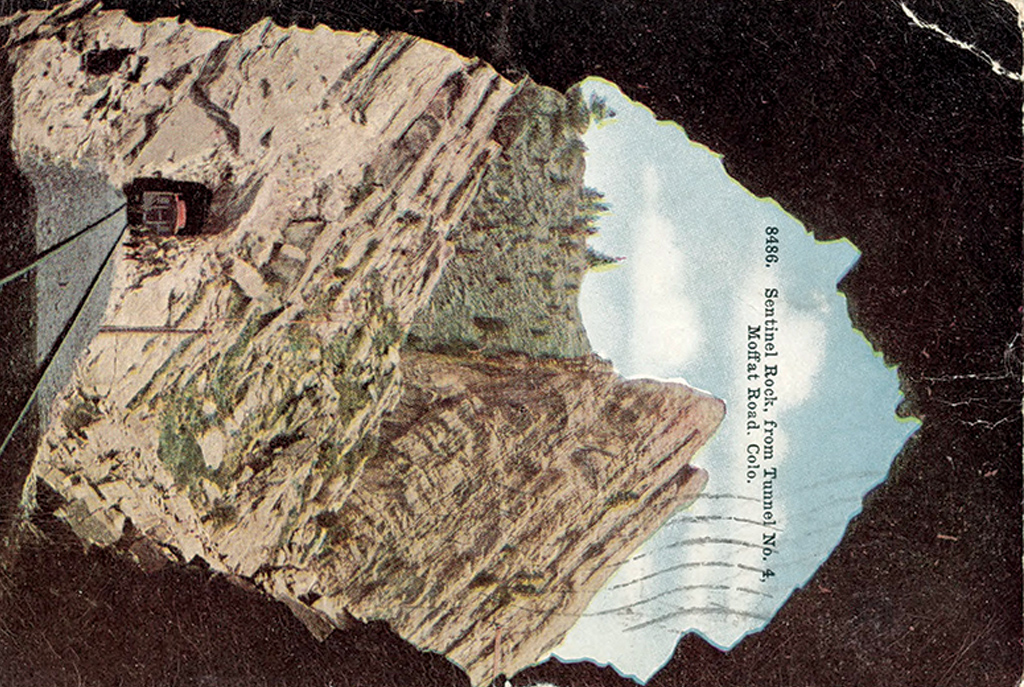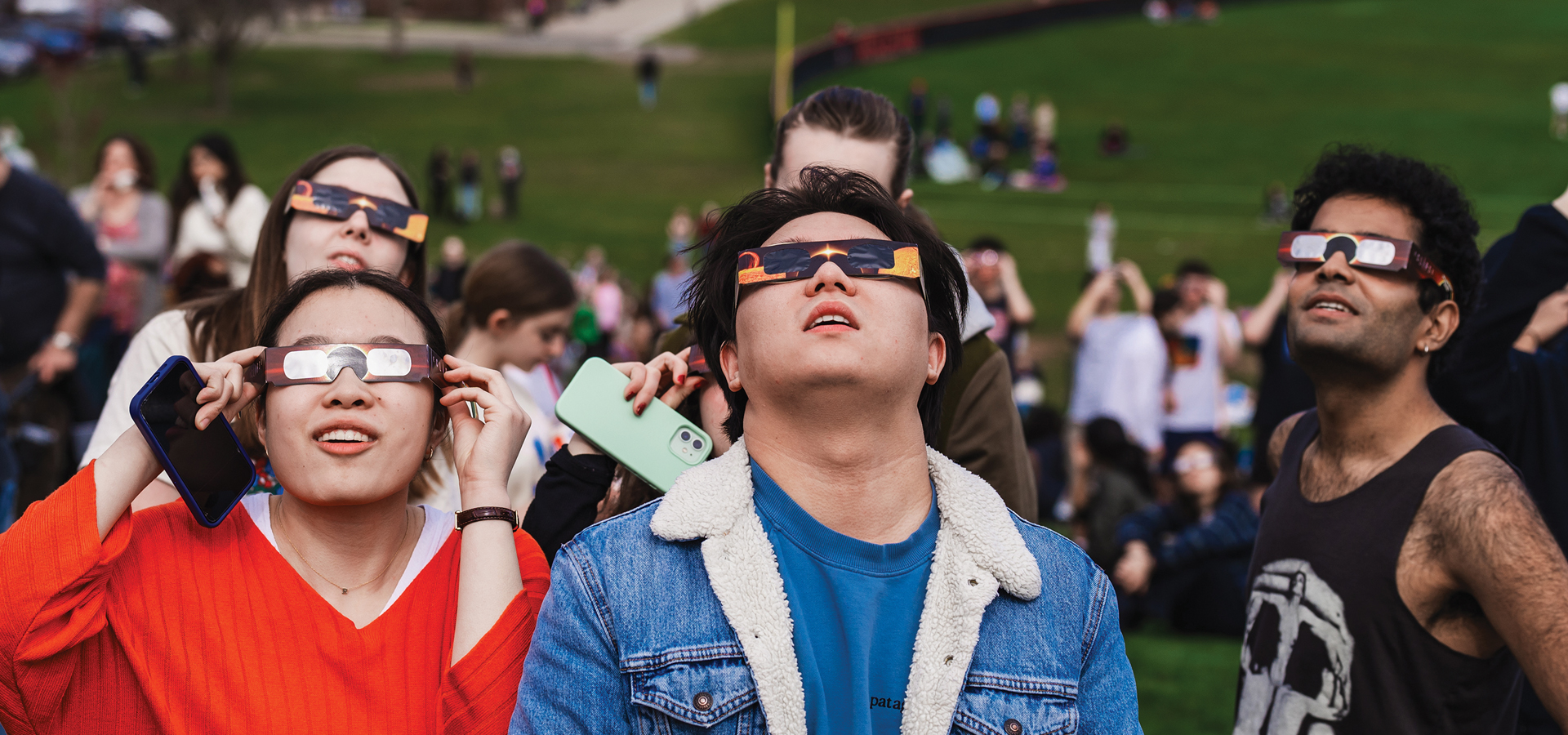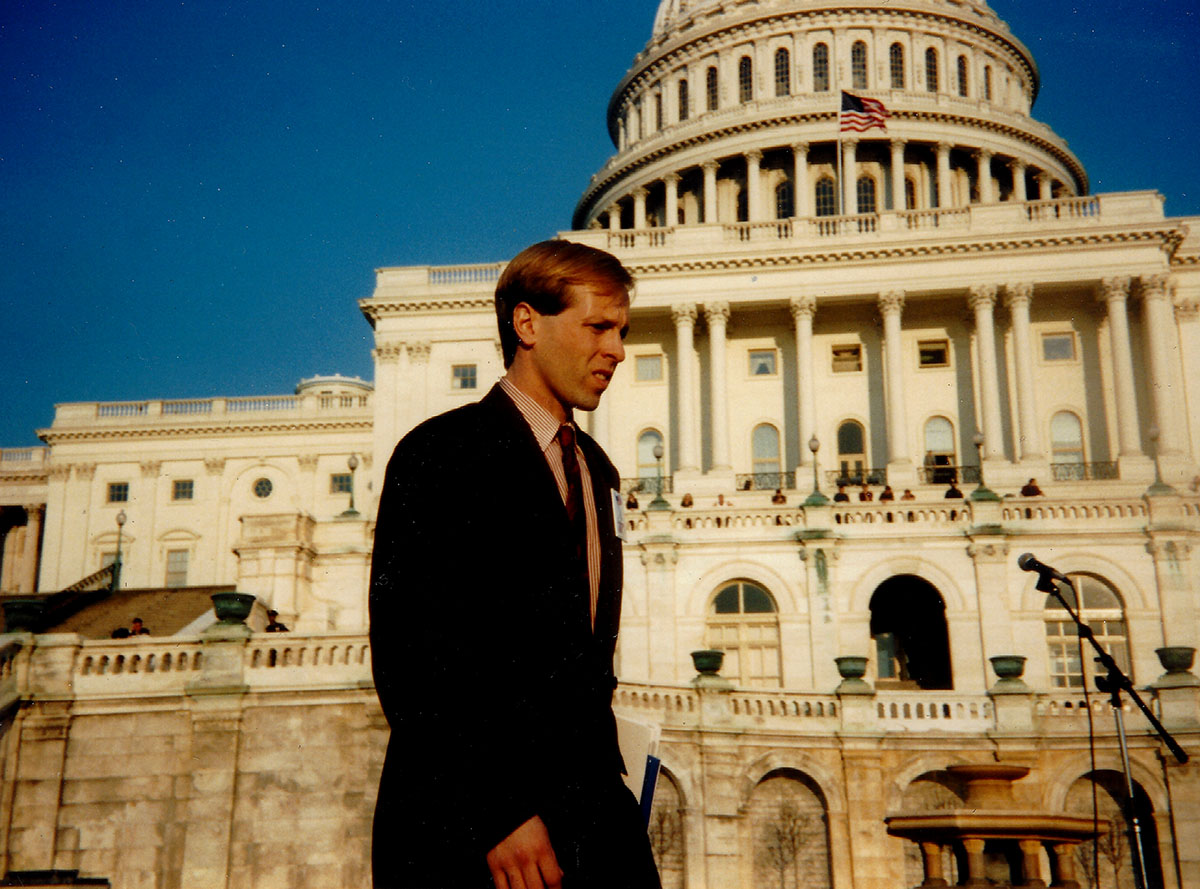HYUNGSOO KIM ’02, MA’03 IS MAKING TIME ACCESSIBLE—AND FASHIONABLE
BY GABRIEL POPKIN ’03
HYUNGSOO KIM ’02, MA’03 IS MAKING TIME ACCESSIBLE…AND FASHIONABLE
The first time Hyungsoo Kim made a prototype watch for visually impaired people, it flopped. His first mistake was displaying the time in Braille—most blind people, his focus group told him, don’t read Braille. Strike two: the watch was not stylish, but merely functional. And most damning of all, the watch was intended specifically for blind people.
“I thought they would like that,” Kim says. But he quickly learned that visually impaired people did not want products that would set them apart. “They’re really sick and tired of using something that focuses on their disability.”
Kim didn’t give up. With principles of inclusive design now firmly in mind, Kim—at the time (2011) an MBA student at MIT’s Sloan School of Management—scrapped the Braille and created a stylish product that allows anyone—blind or sighted—to “touch their time.” Kim’s invention relies on two ball bearings— an hour hand and a minute hand—that are magnetically connected to clockworks in the watch’s interior; the user determines the time by feeling the balls’ positions along circular tracks. With a 2013 Kickstarter campaign that raised $600,000—15 times the initial goal— Kim and his business partner launched Eone (pronounced like the letter ‘e’ and the number ‘1’), a company that now employs seven people at its Washington, D.C., headquarters, along with two in Hong Kong and one in Korea, and sells around 2,000 watches a month to customers around the world.
“I never imagined I’d start a business,” the soft-spoken Kim says. He studied psychology at Wesleyan, and after picking up a fifth-year master’s degree, headed to the Rush University Medical Center in Chicago to study the neurobiology of sleep. But he lost interest in a research career, and returned home to Seoul, where he served in the Korean army and worked in finance and journalism. When he applied to business school in 2010, an interviewer told him, “I’ve never seen someone who is so consistently inconsistent.” But the psychology and journalism background have come in handy as an entrepreneur. Kim’s approach to marketing emphasizes personal stories. His company’s product is called the “Bradley”, after Navy officer Bradley Snyder, who lost his eyesight in 2011 to a bomb while serving in Afghanistan. Kim met Bradley through a business school classmate, and his story, along with photos and video, is featured prominently on the company website.
Sales have grown steadily since the 2013 launch, with the Bradley now available in a variety of colors and styles. It has made some high-profile appearances, including on Stevie Wonder’s wrist during the 2013 Grammy Awards. It’s also included in a British Museum collection on timepieces from antiquity to the present. Despite the positive trends, the company’s long-term success is far from assured, Kim says; keeping the business growing is a constant challenge. “Creating a product is the least popular kind of business among investors,” he says.
While he is proud to have given visually impaired people an alternative to poorly designed tactile watches and intrusive talking watches, what makes Kim happiest is that many of his customers are fully sighted. They value being able to check the time surreptitiously at a meeting, or simply having a stylish accessory to wear. (Kim notes that men in particular have few options when it comes to fashion.) The watch’s broad appeal is a sign that he has achieved inclusive design, he believes, and created a product that works for—and looks good on—everyone. “We didn’t want our watch to be successful because people feel sorry for the blind,” Kim says. “We wanted to succeed because people are driven by our innovative design.” eone-time.com




